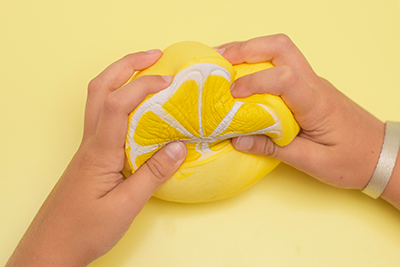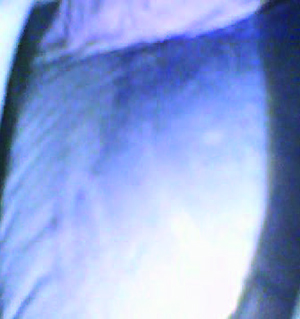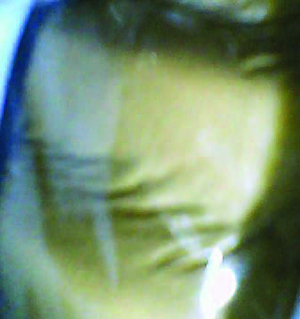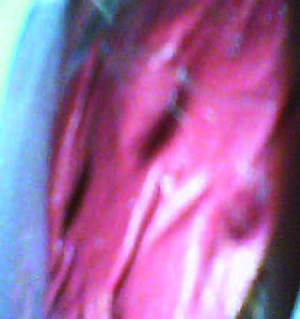Squishy toys are undeniably cute, but the quantities of arsenic in some of the toys |
|
Detecting Toxicity
In 2018, the Danish government banned squishy toys altogether after a series of tests revealed high levels of chemicals linked to adverse health effects, including known carcinogens. Based on these findings, we decided to test a few of these toys using our Vanta™ XRF analyzer. By pointing and shooting at a sample, X-ray fluorescence (XRF) analyzers can determine its chemical composition to test for trace metals within 15–30 seconds. |
|
The results on three samples (see the tables below) showed traces of bromine (Br) and chromium (Cr), but it was the levels of arsenic (As) that caught our attention. Both the US voluntary toy safety standard ASTM F973-07 and the European toy standard EN 71 indicate 25 ppm as the allowable limit for arsenic (for migration from toys). The first squishy toy we tested had 76 ppm of arsenic, the second 70 ppm, and the third 67 ppm.
|
|
|
|
|
|
Testing and Ensuring Toy Safety
In the US, the Consumer Product Safety Commission (CPSC) is mandated to ensure toy safety. Toy manufacturers are required by law to test and certify their products before they reach store shelves. XRF testing is one of the approved methods. The results must comply with the American Society for Testing and Materials (ASTM) toy safety standards. These standards establish limits for heavy metals, including arsenic, in the surface coatings and substrates of toys. Surface limitations are for toys aimed at children fourteen years old and under, whereas substrate limitations apply to toys for kids that are six and under and only to parts that can be touched if the child puts it in their mouth. The goal is to keep heavy metals exposure below the level that could have harmful health effects. However, these regulations are often self-enforced by manufacturers, since inspecting every toy would be an insurmountable task for the CPSC.
What Recourse Do Consumers Have?
In Europe, toys that comply with the required safety standard display the CE symbol. Since there is no mandatory equivalent symbol in the US, concerned consumers may have to take some initiative. Checking the CPSC’s website for toy recalls, for example, is one way to make more informed choices. Opting for a trustworthy retailer, both online and locally, is another way to shop smart. Reputable stores usually only stock toys that have certification proving they pass muster, provided by the manufacturer or importer. If you buy a cheap toy from a retailer you don’t recognize, you may get more than you bargained for.
Related Content
Toy Trouble: Detecting Hazardous Materials in a Popular Toy
For Goodness Sake—Assuring the Quality of Toys with Thickness Gages
XRD Technology Is Helping Users Who Have a Flare for Fireworks Safety
Get In Touch






